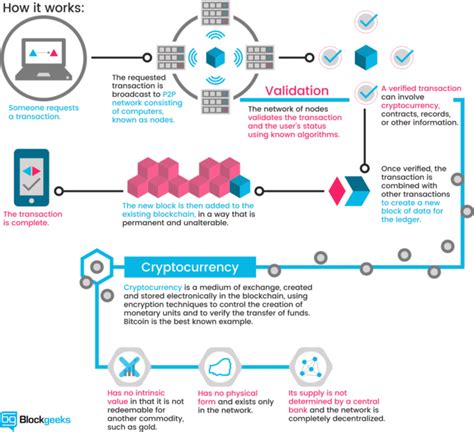Blockchain Evolution: Can Ethereum Be the Single Trustworthy Network?
Ethereum, as the world’s largest blockchain project, has undergone a major transformation over the years. From its early days as an open-source alternative to Bitcoin to its current status as a decentralized platform for a variety of use cases beyond cryptocurrencies, one of the most debated topics among enthusiasts is whether Ethereum can truly be a single, self-sustaining network .
One of the main problems with Ethereum’s decentralized architecture is that it relies heavily on the input and participation of miners. As you mentioned, the Bitcoin network is designed to ensure the security and integrity of transactions through its consensus mechanism. However, this also means that any malicious actor can disrupt the entire network by targeting a single mining node.
This raises an important question: can Ethereum be more than just a secure network? Can we design it to not rely on central nodes or miners?
Proof of Withdrawal
One of the main arguments for creating a decentralized network like Ethereum is that it would allow for greater security and resilience. By eliminating the need for centralized institutions such as mining pools or exchanges, the risk of malicious actors manipulating the network can be significantly reduced.
In fact, this has already been demonstrated in the form of “51% attacks,” where an attacker can control a majority of the mining power of a given blockchain. This would allow them to manipulate transactions and alter their integrity without fear of being detected by central nodes or miners.
Advantages of a Single-Resistant Network
So, can Ethereum be a secure network? The answer is a resounding “yes.” By eliminating the need for centralized institutions such as mining pools or exchanges, we could create a decentralized network that is more resilient to disruptions and attacks.
Here are some potential benefits:
- Increased Security: Without central nodes or miners, the system would be less vulnerable.
- Improved Decentralization: A single-resilient network would reduce the risk of control being concentrated in the hands of a few individuals or organizations.
- Increased Resilience: In the event of a disaster or major failure, a decentralized network like Ethereum could continue to operate without interruption.
Challenges and Limitations
While the idea of a solo-resilient network like Ethereum is intriguing, there are several challenges and limitations that need to be addressed:
- Scalability

: A decentralized network would require significantly improved scalability, which would impact the overall efficiency of operations.
- Interoperability
: Since multiple nodes operate independently, there may be issues with interoperability between different blockchain platforms or networks.
- Security Risk: While a single secure network can mitigate some security risks, it is important to balance this with the potential benefits.
Conclusion
In summary, while it is theoretically possible to create a decentralized network like Ethereum, it would require significant investment and development effort. The main challenges are ensuring scalability, interoperability, and security – all essential components of any blockchain platform.
However, for those who value decentralization, autonomy, and increased security, the prospect of a solo-proof network based on Ethereum may be attractive. Who knows? We may see the emergence of a new generation of decentralized applications that take advantage of these innovative features.
As we continue to push the boundaries of what is possible with blockchain technology, it is important to explore new solutions and approaches.
